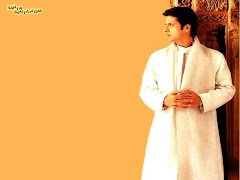One of the primary purposes of clothing is to keep the wearer warm or in some cases cool. In hot climates clothing provides protection from sunburn or wind damage, while in cold climates its thermal insulation properties are generally more important. Shelter usually reduces the functional need for clothing. For example, coats, hats, gloves, shoes, socks, and other superficial layers would normally be removed when entering or once inside a warm home, particularly if one is residing or sleeping there. Similarly, clothing have seasonal and regional aspects, so that thinner materials and fewer layers of clothing are generally worn in warmer seasons and regions than in colder ones.
Clothing at times is worn as protection from specific environmental hazards, such as insects, noxious chemicals, weapons, and contact with abrasive substances. Clothing can protect against many things that might injure the uncovered human body. Clothes act as protection from the elements, including rain, snow and wind and other weather conditions, even from the sun. Clothes also reduce the level of risk during an activity, such as work or sport. Conversely, clothing may protect the environment from the clothing wearer, as for example wearing of medical scrubs.
Humans have shown extreme inventiveness in devising clothing solutions to environmental hazards. Some examples include: space suits, air conditioned clothing, armor, diving suits, swimsuits, bee-keeper gear, motorcycle leathers, high-visibility clothing, and other pieces of protective clothing. Meanwhile, the distinction between clothing and protective equipment is not always clear-cut, since clothes designed to be fashionable will often have some protective value and clothes which are designed to be functional will often consider fashion in their design.
Subscribe to:
Post Comments (Atom)



No comments:
Post a Comment